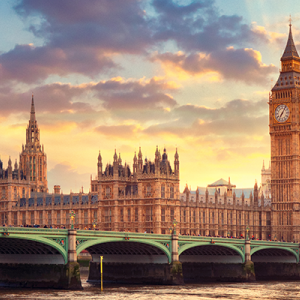01 March 2002
Unpublished research by the New Policy Institute, a public policy think-tank, has found that local authorities in the capital stand to lose millions of pounds each when properties are revalued across the country in 2005.
These updated valuations, to be carried out by the Department for Transport, Local Government and the Regions, will be used to reorganise all properties in the eight tax bands.
But the NPI has told PF that escalating property prices in London mean that ultimately the boroughs will lose out.
Andrew Harrop, co-ordinator of the NPI's centre for council tax reform, said any increase in tax revenue as a result of properties being put in higher bands would be offset by a reduction in revenue support grant. London's boroughs argue that the proportion of their funding that comes from central government is too low.
'If the bands are organised according to national average property values, then many properties in London will go up a band. In many areas of the north they will go down one. On current property prices, London would lose £250m in grant after the revaluation. The money would be transferred in grant to other parts of the country, because the areas that get less tax get more grant.'
In Yorkshire, the Northeast, the Northwest and the East Midlands, 50% of properties are currently in band A. In London that figure is 5%.
Those on middle incomes in northern areas are likely to benefit the most from the revaluation. Their properties have not kept pace with London prices and are likely to stay in their current banding or drop down one. In London, more than half of all properties – including many in the lower bands – are expected to move up one. 'One region's poor will be giving money to another region's rich,' Harrop said.
The NFI says there should be at least ten or 11 bands and bigger differences in the amounts paid by different bands. Splitting band A, in particular, would help to stop the flow of government grant to northern areas, it says.
Stephen Fitzgerald, director of local government finance at the Association of London Government, agreed with the NPI's findings. 'It is of considerable concern to London authorities that the current flat-rate system doesn't take account of differences in regional property markets. It is too blunt a tool to accurately reflect wealth and there should be regional band structures to address this,' he said.
Fitzgerald made his comments as London's likely council tax rates for next year became apparent. Provisional figures showed that leafy Kingston upon Thames is likely to have the biggest council tax rise, putting its band D rate up by 13.2% to £1,071.64. The lowest will be in Wandsworth, which is cutting its standard rate by 11.7% to £402.56.
The highest actual bill will be in Richmond upon Thames, where the band D rate will be £1,095.14. These figures include the Greater London Authority precept.
PFmar2002

















